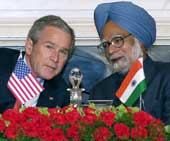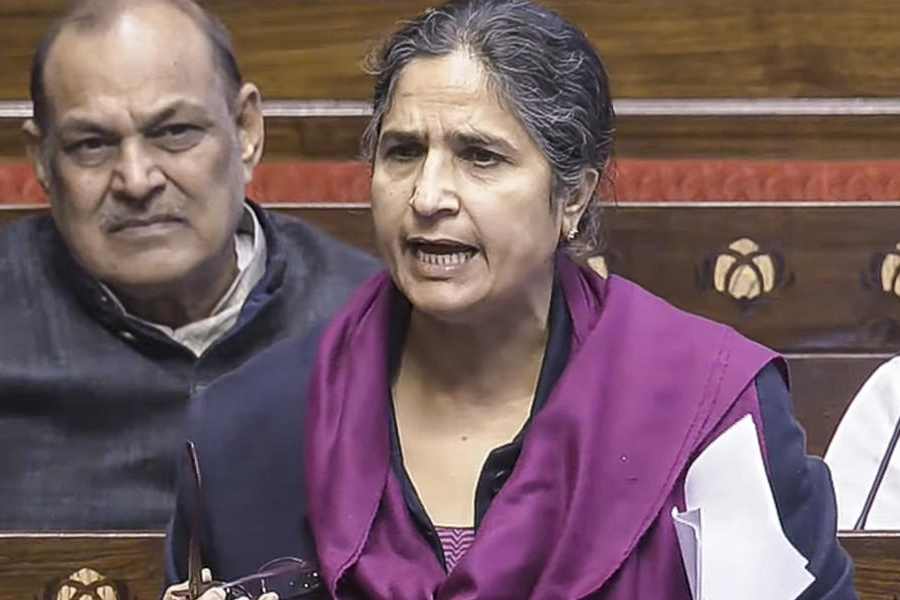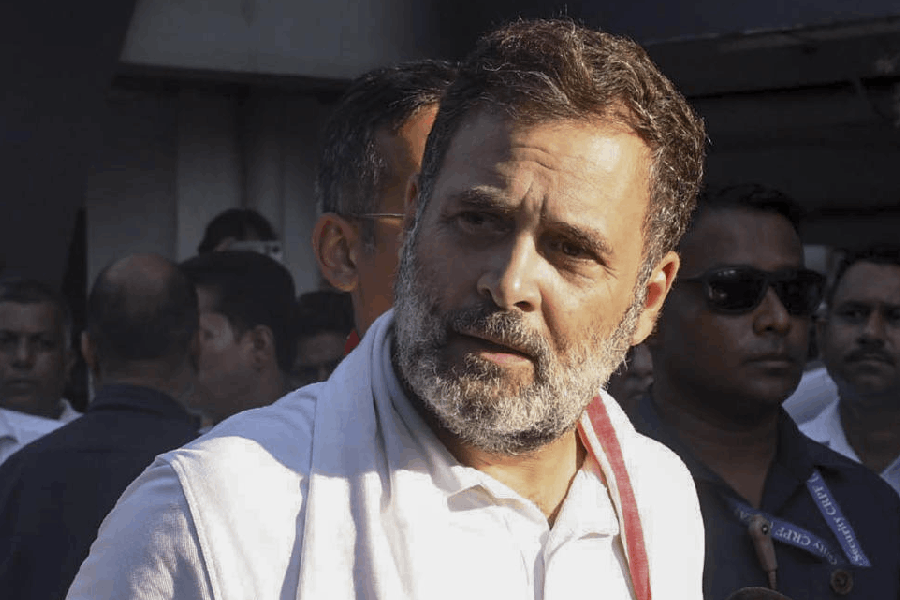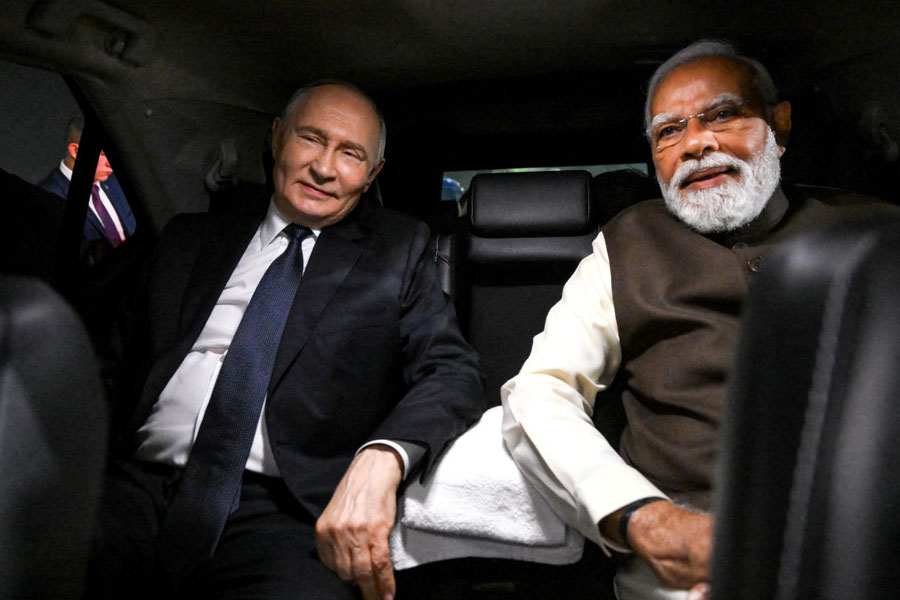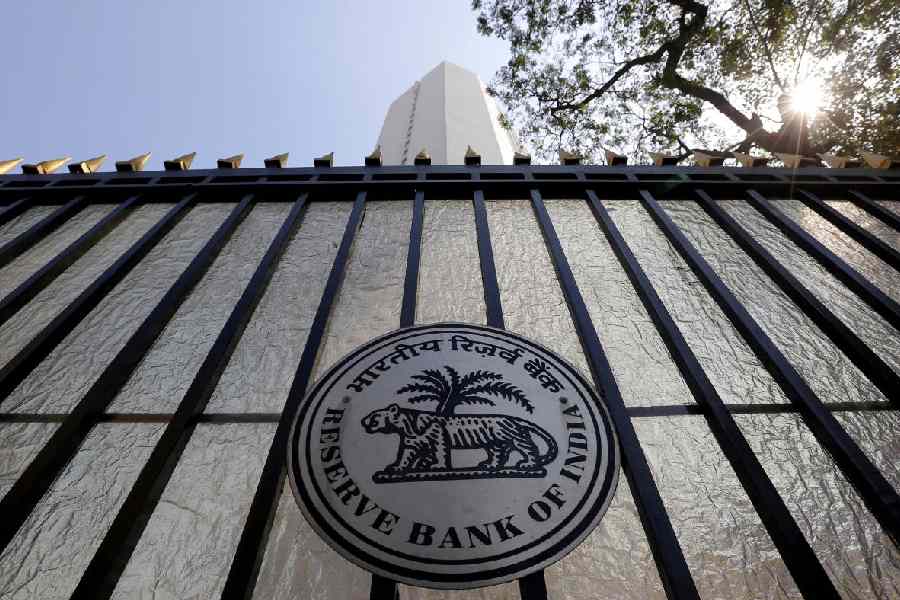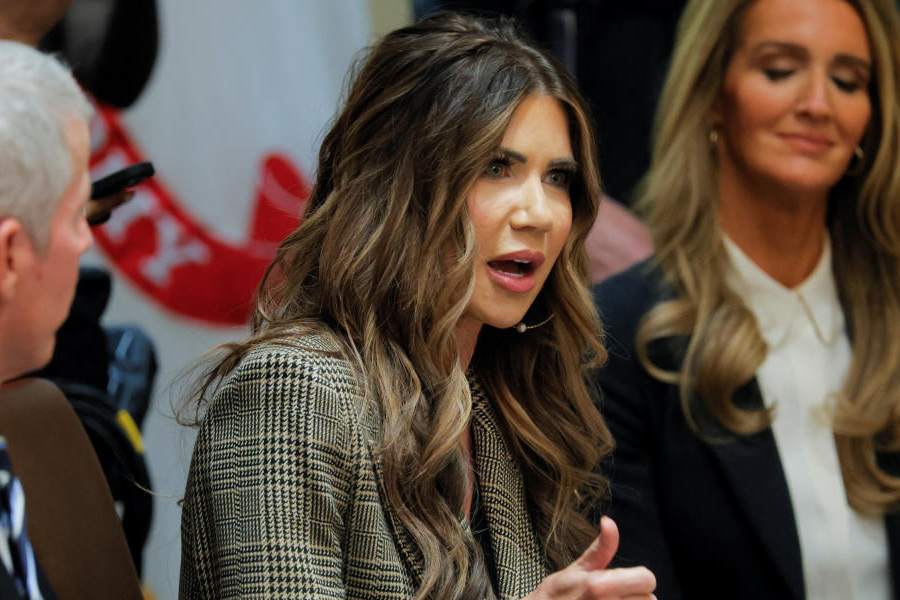|
|
From all accounts, the Union petroleum minister, Mani Shankar Aiyar, is both a happy and troubled man these days. He is jubilant that his display of churlish “secular fundamentalism” — a self-description he has flaunted — in the Andaman Islands has been elevated to policy by the United Progressive Alliance government. An ideological crusader could have asked for nothing more. At the same time, he is deeply unsettled by the persistence of the question: “What did you do in the ’62 war, Mani?” An otherwise indefatigable Aiyar was compelled to go public on August 24 and inform the world that he was not a “traitor”. Any suggestion to this effect, he added, “is a total lie, baseless, defamatory and mischievous.”
Aiyar is in elevated company. For the past five decades, India has periodically witnessed sideshows centred on accusations of treachery. In the Sixties, there was a furore over placatory letters communist leader S.A. Dange apparently wrote to the colonial government. A similar charge was levelled against Veer Savarkar, the Hindu Mahasabha icon, whose presence in the nationalist pantheon has driven Aiyar to apoplexy. In 1997, Arun Shourie raised uncomfortable questions about the political strategies of B.R. Ambedkar prior to independence, but political correctness ruled out any debate on the subject.
In 1977, Atal Bihari Vajpayee was charged by an erstwhile colleague of turning “approver” in a local fracas during the 1942 Quit India Movement. The charges have periodically resurfaced and the Congress even invoked it during this year’s general election, provoking Vajpayee to devote a campaign speech in Lucknow to saying he was no collaborator.
Sometimes, the charges of treachery can be quite ludicrous. The leader of the opposition, L.K. Advani, has often been called a Pakistani (he was born in Karachi) for having the gumption to call Sonia Gandhi a foreigner. Earlier this year, Congress spokesman Kapil Sibal took the debate to farcical heights by charging Advani’s family of being collaborators because they owned a horse-drawn buggy in Karachi. The disconcerting outcome of applying the same yardstick of nationalism to the Nehru family in Allahabad was, naturally, not considered by Sibal.
The kerfuffle over Aiyar’s apparent lack of patriotism during his salad days in Cambridge is, at one level, simply ridiculous. Whether he stole a policeman’s helmet on a boat race night or declaimed against the pleasures of fighting for Republic and country in a Union debate are matters best left to Aiyar’s biographer. They are about as germane today as Aiyar’s evocative asides on Arun Shourie’s record at St Stephen’s, Jayalalithaa’s dimensions and the colour of underwear worn by a Congress chief minister who once broke away from the parent body. Aiyar is one of the few Indian politicians who revels in his own indiscretions.
Unfortunately, he went too far with his grandstanding. It is one thing for Aiyar to disavow the ideology of Savarkar. It is quite another thing to publicly disrespect Savarkar’s memory by ordering the removal of a plaque from a place where he spent 14 years in prison, most of it in solitary confinement. The implication was that Savarkar must be made a non-person because his politics was at variance with the nationalism of Mahatma Gandhi and Jawaharlal Nehru. The UPA government compounded the offence by refusing to restore the plaque.
Apart from being in pathetic taste, the Savarkar controversy is indicative of a new intolerance that is being encouraged by the new Congress-left dispensation. Under the guise of “de-toxification”, the past is once again being refashioned to suit the exigencies of the present. According to a report in Indian Express, a new NCERT circular, for example, advises teachers “not to focus heavily on the Vedic ages or look at the Islamic period merely as the rule of invaders”. Then there is the bumptious chief minister of Karnataka asking, apropos Uma Bharti: “What connection does the BJP have with the tiranga (tricolour)? It is we (Congress) who fought the freedom struggle.” The nation, including the national flag, it would seem, belongs to one political party.
Having raised the political battle to the level of ideological shrillness, it is inevitable that Aiyar will get his comeuppance. It is worth quoting what the late Dhiren Bhagat — a delightfully iconoclastic young fogey who we miss terribly in today’s humourless world — wrote about Aiyar in the satirical magazine, Private Eye, in 1986. “In 1962 China invaded India and while we (ineffectually) fought the yellow bastards and our wives knitted sweaters and donated their jewellery for the nation’s defence — this privileged asshole romped about the Backs as General Secretary of the local Communist cell raising money for the Chinese. In a just world he’d have been strung and quartered the day he came back home; the world being what it is, Mani had the gall to apply to join our foreign service. The police — reasonably enough — considered him a security risk.; Aiyar’s family pulled strings and the president finally intervened to ease Mani’s entry to the service.”
Aiyar now says all this is untrue. He told the Lok Sabha he “never collected any money for the Chinese on any occasion”. There is no reason to doubt the word of a minister to Parliament. Yet, a few questions are in order. First, why did Aiyar not contest Bhagat’s claim in 1986? Since the allegations were made in Britain, where defamation laws are strict, Aiyar could have made a fortune suing Private Eye. His Cambridge contemporaries could even have verified his political inclinations in court. Secondly, the article was reprinted in a posthumous collection of Bhagat’s articles, The Contemporary Conservative, in 1990. The book was edited by Aiyar’s Congress colleague, Salman Khurshid. Why didn’t Aiyar deny the charge then? He wasn’t in government service then.
Aiyar, it is well known, was a Cambridge red. It is also a matter of record that the communist movement, by and large, had serious ideological doubts about labelling a socialist country the aggressor. A large number of Indian communists said as much and were, consequently, detained by the government.
Bhagat perhaps erred in suggesting Aiyar “raised money” for the People’s Liberation Army. If Aiyar says he didn’t do so, he should be believed. But the denial begs other questions. Was Aiyar vocal in support of China in Cambridge? Was his entry into the diplomatic service endangered by an adverse police report? Did it take the intervention of President Radhakrishnan to overlook his youthful indiscretions? The only way we can know the truth is by burrowing into the relevant government records, presuming they still exist. Perhaps Aiyar should facilitate the process.
Yet, what purpose will it serve? The Aiyar of 1962 is not the Aiyar of 2004. Just because he was a flaming red in Cambridge doesn’t make him a Kim Philby. Aiyar doesn’t have to prove he is not a traitor. We can accept his past without being judgmental about his present.
Is this a generosity Aiyar would show to others? Wouldn’t he concede that Savarkar’s activities in Britain were many shades more honourable than his own sojourn in the mother country? Back in India, Savarkar became a Hindu nationalist and Aiyar embraced Nehruvian secularism. What gives Aiyar the right to imagine he was right and Savarkar was wrong?
A British education may have its shortcomings but it does teach “gentlemen” the pitfalls of certitude, the virtues of generosity and the importance of a sense of humour. Has Aiyar forgotten his inheritance? Or, are communists incapable of being gentlemen?

